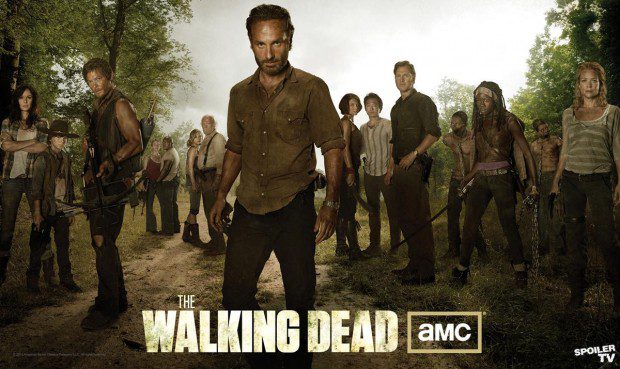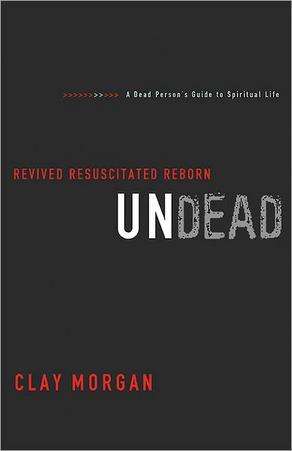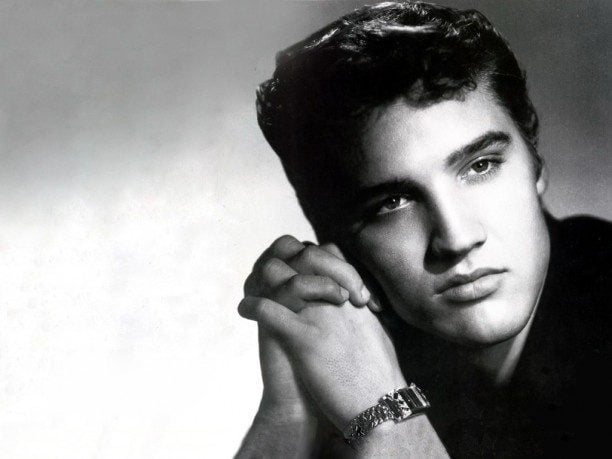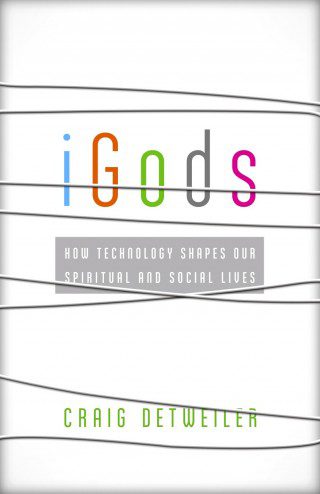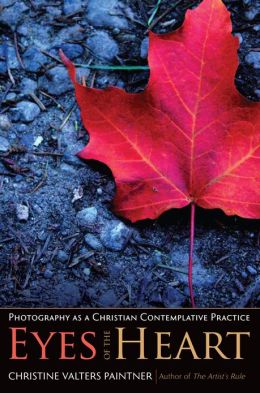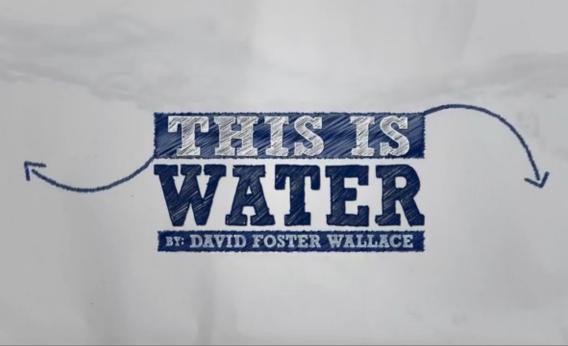Why do zombies increasingly haunt our pop culture? From surprise box office hits like 28 Days Later to the breakout cable television hit, The Walking Dead, zombies appear more prominent and problematic than ever. In Undead: Revived, Resurrected, Reborn, first-time author Clay Morgan connects our fascination with zombies to our most nagging spiritual questions. We relate to the survivors navigating post-apocalyptic scenarios, dogged by shortages in supplies and human contact. We sense that refuges are only temporary, a momentary lull before the next attack. Morgan mines biblical passages that deal with the undead, reminding us that Jesus actively wrestled with the flesh and the spirit. In Undead, we are challenged to wake from our slumber, to move from dead men walking to vibrant, living witnesses.
As a professor in Pittsburgh, Morgan writes from the home of George Romero’s seminal 1968 film, Night of the Living Dead. Romero’s grainy black and white images elevated the zombie film into social commentary. Prior to Night of the Living Dead, the cheesy effects of 1959’s Plan 9 from Outer Space made zombies seem silly; slow moving, dim witted, easily defeated. But perhaps the specter of the Vietnam War added a haunting relevance to half dead monsters converging upon a few desperate survivors. By the time Romero returned to zombies in 1978’s Dawn of the Dead, the setting had shifted to the suburban shopping mall. We could all be turned into voracious, unfeeling consumers.
Each chapter in Undead begins with a page seemingly ripped from a graphic novel. Gary Morgan’s stark black and white images are quite compelling. Unfortunately, Morgan deals only peripherally with comic books or the zombie genre. It is a starting point rather than a detailed field of investigation (as in Kim Paffenroth’s excellent survey, Gospel of the Living Dead). Instead, Undead is more of a resurrection of biblical passages that wade fearlessly into life and death. It is intended to wake contemporary Christians from our aversion to the horrific. (Thankfully, we have a few intrepid filmmakers like Scott Derrickson, director of The Exorcism of Emily Rose and the forthcoming Sinister). In Undead, Morgan shines a spotlight on the shadows cast in Psalm 91 or the death defying acts of Hebrew prophets like Elisha and Elijah. Morgan demonstrates how Jesus’ intervention for a widow’s son in Nain (Luke 7) connects to the gaping needs exposed by post-apocalyptic stories. With plenty of verve and humor, Morgan describes God as a funeral crasher and Jesus as the source of a “dead man’s party.” This kind of reversal is the true heart of Halloween and All Saint’s Day. The morbid and morose precedes genuine celebration.
In the most compelling passages of Undead, Morgan reaches back to own close encounters with death. From holding the hand of an ailing grandparent to attempting to resuscitate a co-worker, Morgan demonstrates that despite our best efforts to distance ourselves from the inevitable, we invariably are forced to confront our finitude. Rather than avoiding funerals, perhaps we need to face the fears generated by such rites of passage. Morgan points out how Jesus responds to the cries that accompany a corpse. He also highlights beguiling passages of scripture that we tend to avoid, like Jesus’ crucifixion in Matthew 27, where the tombs break open and holy people rise from the dead. Cemeteries can be scary, but they can also be a sacred place to consider eternity. Morgan does not revel in the macabre, but points out the bodily, bloody, and miraculous roots of the Christian life. To a world increasingly fascinated by the dark and deadly, Clay Morgan offers a relevant gospel and practical way forward. Undead is more than a genre to study; it is a bracing a call to live boldly, purposely, eternally.

